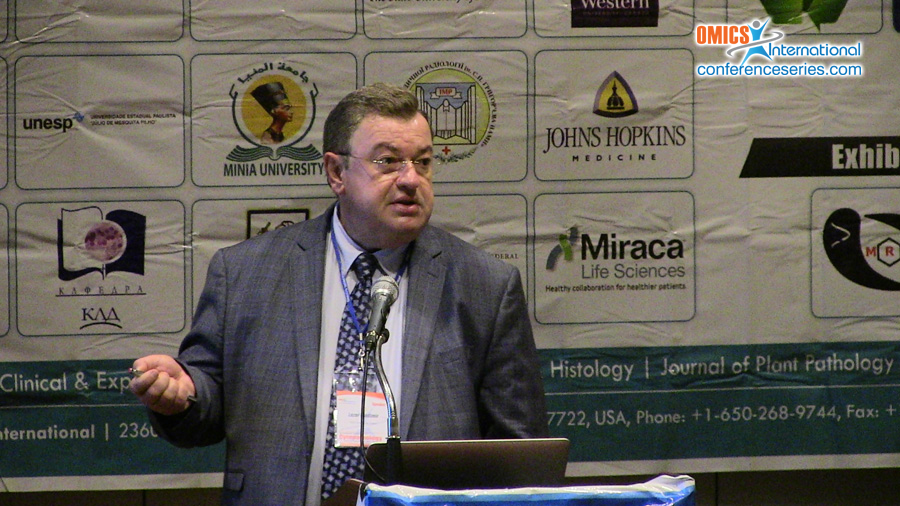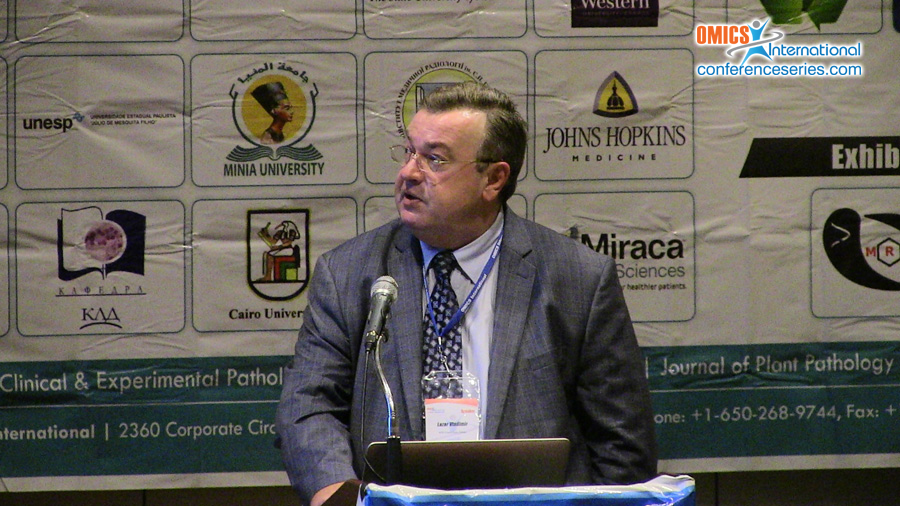
Lazar Vladimiir
WIN Consortium, France
Title: Simplified Interventional Mapping System (SIMS): A novel strategy for the selection of Tri-targeted therapy combinations for non-small cell lung cancer (NSCLC)
Biography
Biography: Lazar Vladimiir
Abstract
Background: Combining three targeted therapies significantly improved outcomes in AIDS. A similar strategy could theoretically benefit patients with metastatic NSCLC, but a scientific method for rational selection of drug combinations is needed. Methods: We assessed genomics and the transcriptome (including miRNA), utilizing defined subsets of relevant genes/gene products, and scored information about the relationships between targeted drugs and genes, based in part on the biological hallmarks of cancer. Interventional points (genes/group of genes) that, when activated, could be blocked by a customized therapy combination, were identified. The underlying algorithm integrates and weighs the genomic (DNA sequencing) and transcriptomic data (mRNA and miRNA differential expression between tumor and normal -bronchial mucosa - tissues). Results: Key genes (N = 183) grouped in 24 interventional points forming the Simplified Interventional Mapping System (SIMS) were elucidated. Frequency and trends of coactivation derived from 121 NSCLC patients defined a list of candidate triple therapy combinations. The focus, in order to limit toxicity, was on the application of two small molecules (TKI) and an immune-modulator (anti-PD1L). Twenty-eight percent of NSCLC patients displayed the simultaneous activation of PD1L, Ras/Raf and mTor/PI3K interventional points. Overall, fifty two percent of NSCLC patients could be targeted by a triple combination that includes an anti-PD1L agent. Most individuals could benefit from two or even more triple combinations to overcome resistance. Conclusions: The SIMS’s strategy enables conversion of thousands of genomic and transcriptomic measurements into a simple and actionable result (a 1 to 10 score) that may be usable by physicians to select triple drug therapy. Comparing tumor and normal tissue biopsies has proven feasible in the ongoing WINTHER trial (NCT01856296). This novel strategy may allow deployment of personalized tri-targeted therapies that will be prospectively tested in a clinical trial with the objective to significantly impact survival in advanced NSCLC and other malignancies.



